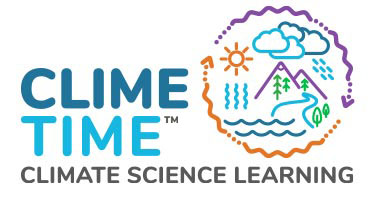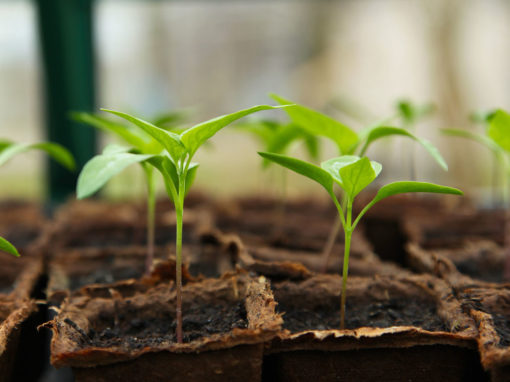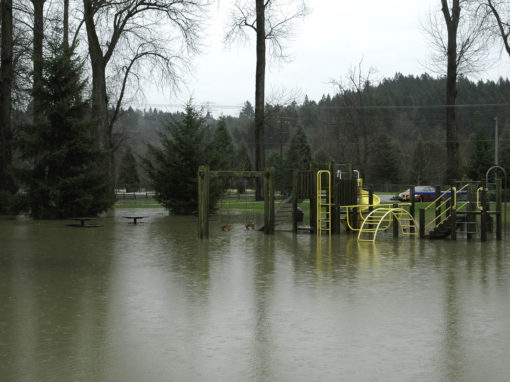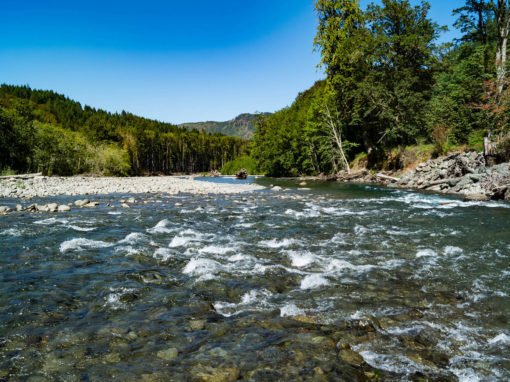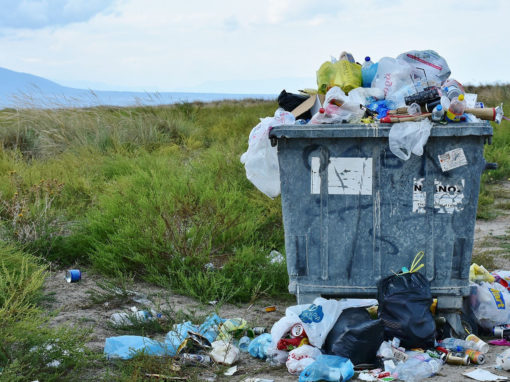This task is for late-elementary (3-5) students, especially while studying about the needs of plants. Students use a simulation to test different variables and explore how different plants have different needs. Then, students connect what they saw in the simulation to plants in their area.
Assessment 3D Learning Target
Use a model to test cause and effect relationships or interactions concerning the functioning of plants growing under different conditions.
Standard Addressed
PE: 3-LS4-3: Construct an argument with evidence that in a particular habitat some organisms can survive well, some survive less well, and some cannot survive at all.
By Dimension: Specific dimension pieces that this assessment will center on.
SEP(s):
Engaging in Argument from Evidence
- Construct an argument with evidence.
Developing & Using Models:
- Use a model to test cause and effect relationships or interactions concerning the functioning of a natural or designed system.
Planning and Carrying Out Investigations:
- Plan and conduct an investigation collaboratively to produce data to serve as the basis for evidence, using fair tests in which variables are controlled and the number of trials considered.
- Make observations and/or measurements to produce data to serve as the basis for evidence for an explanation of a phenomenon or test a design solution.
Analyzing and Interpreting Data:
- Compare and contrast data collected by different groups in order to discuss similarities and differences in their findings.
Constructing Explanations and Designing Solutions:
- Use evidence (e.g., measurements, observations, patterns) to construct or support an explanation or design a solution to a problem.
- Identify the evidence that supports particular points in an explanation
DCI(s):
LS4.C: Adaptation
- For any particular environment, some kinds of organisms survive well, some survive less well, and some cannot survive at all.
LS2.A: Interdependent Relationships in Ecosystems
- The food of almost any kind of animal can be traced back to plants. Organisms are related in food webs in which some animals eat plants for food and other animals eat the animals that eat plants. Some organisms, such as fungi and bacteria, break down dead organisms (both plants or plants parts and animals) and therefore operate as “decomposers.” Decomposition eventually restores (recycles) some materials back to the soil. Organisms can survive only in environments in which their particular needs are met. A healthy ecosystem is one in which multiple species of different types are each able to meet their needs in a relatively stable web of life. Newly introduced species can damage the balance of an ecosystem.
CCC(s):
Cause and Effect
- Cause and effect relationships are routinely identified, tested, and used to explain change.
Patterns
- Similarities and differences in patterns can be used to sort, classify, communicate and analyze simple rates of change for natural phenomena and designed products.
Files
- Teacher Guide
- Task Facilitation Slides
- Student Task Document
- Sense-Making Tool (coming soon)
Other Assessment Resources >
Creators
- Sarah Neyman, Bellingham Public Schools
- Barbara Bromley, Edmonds School District
